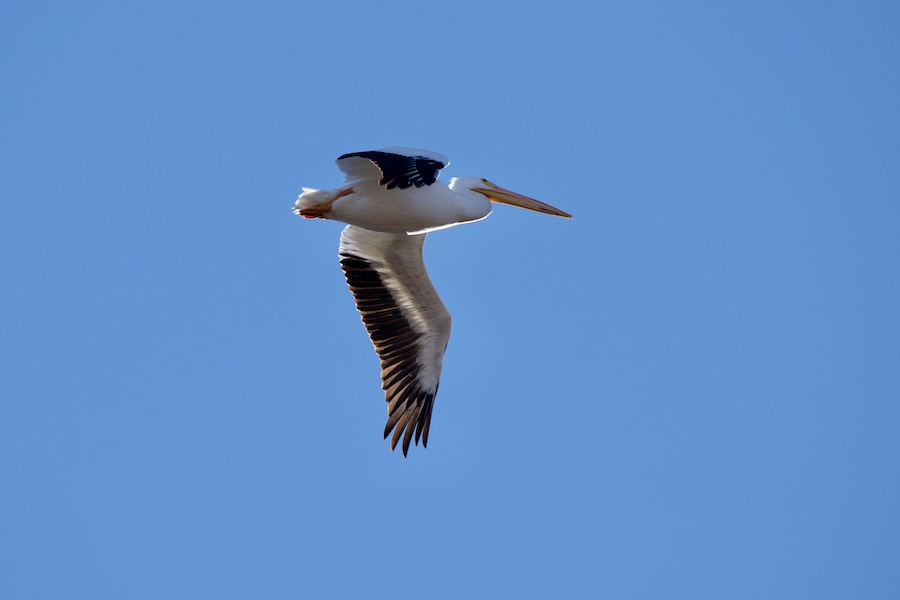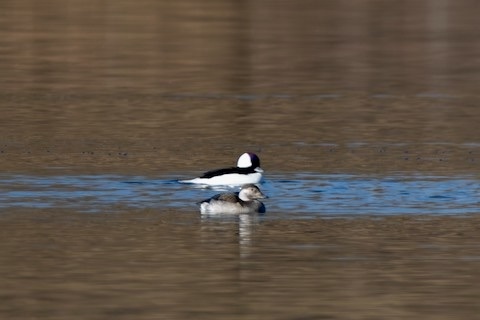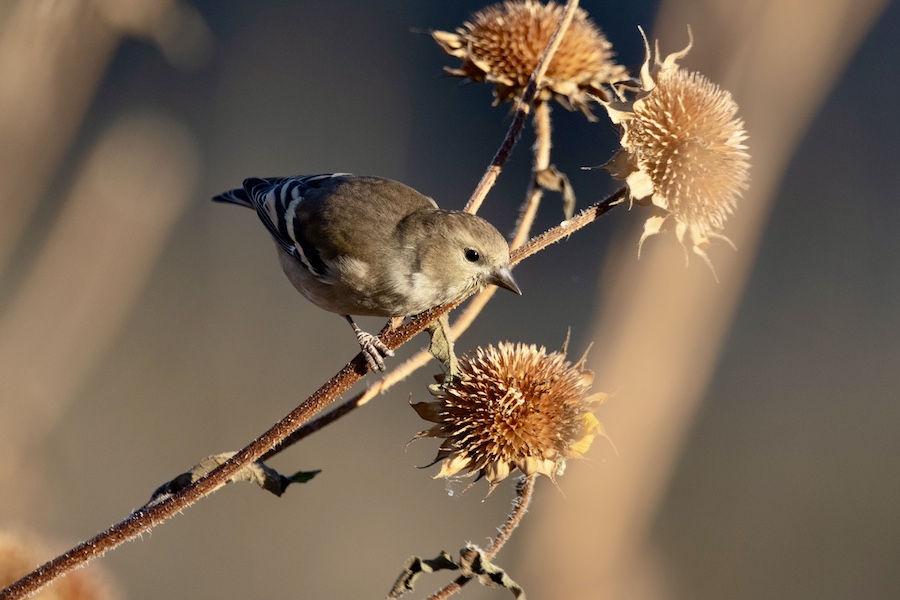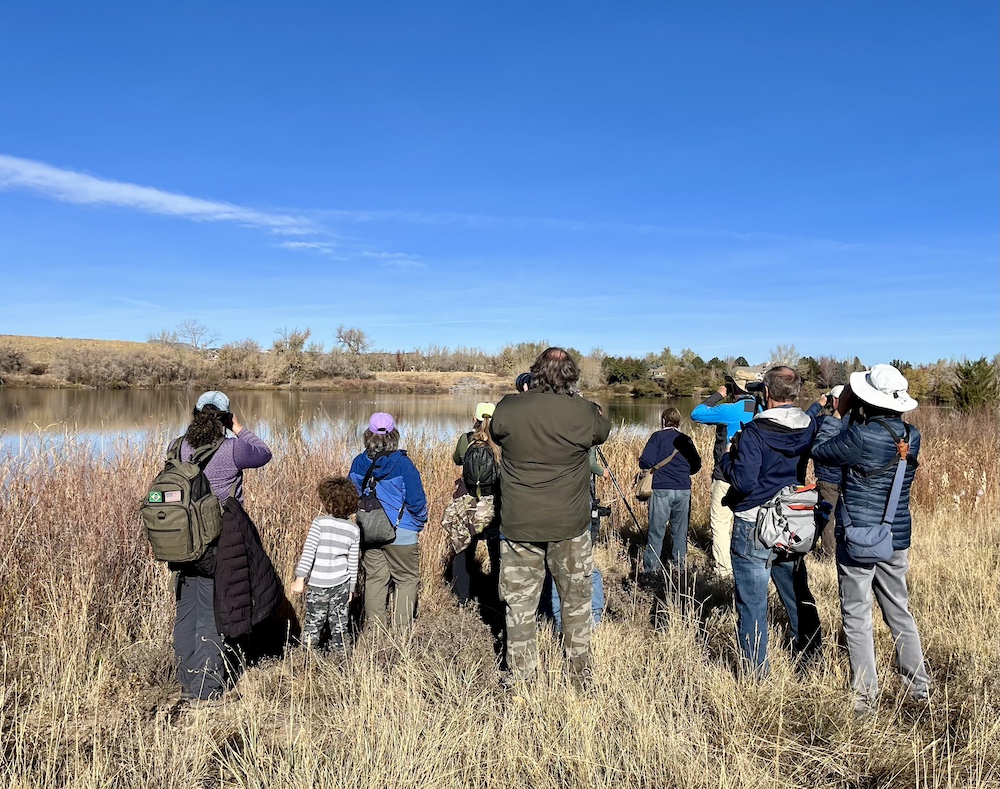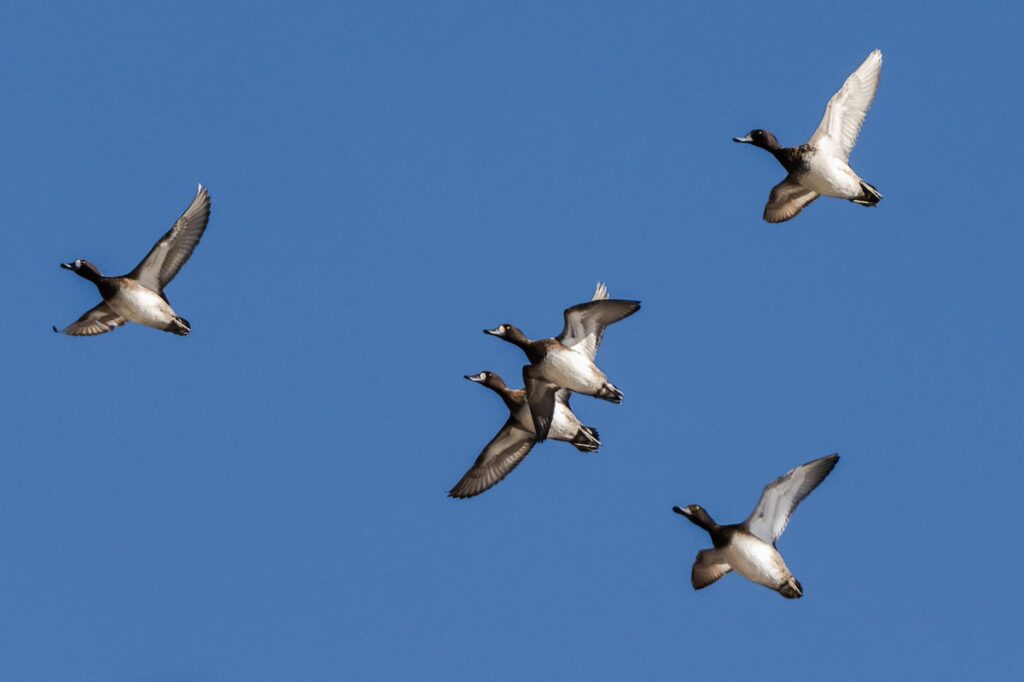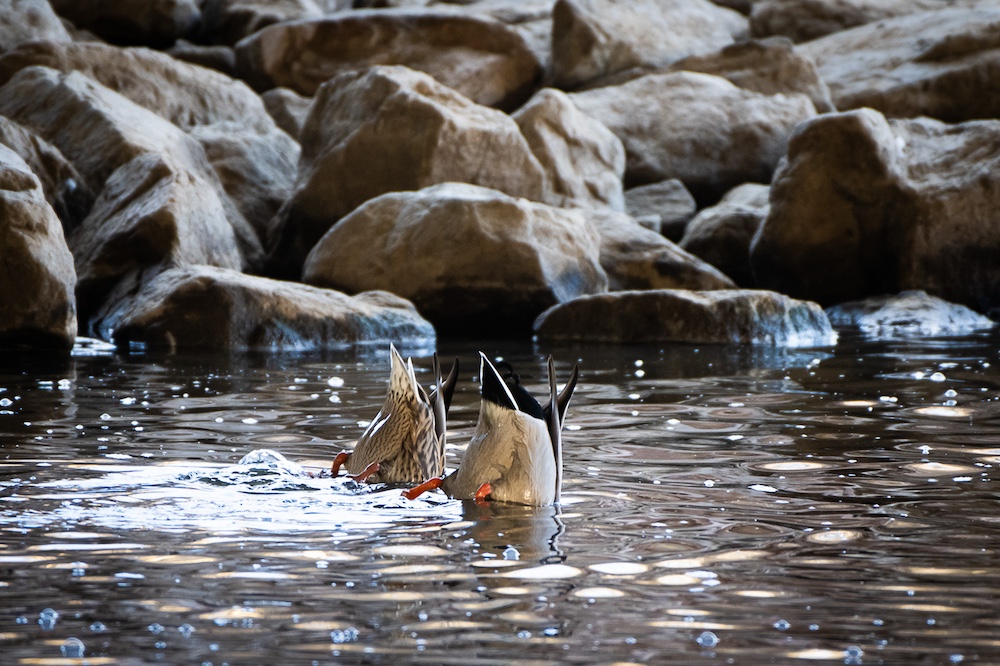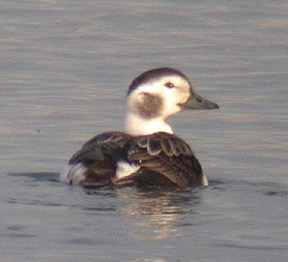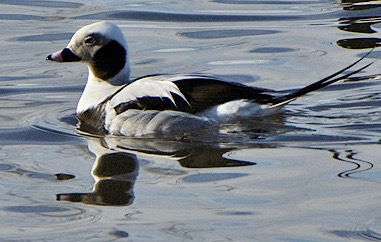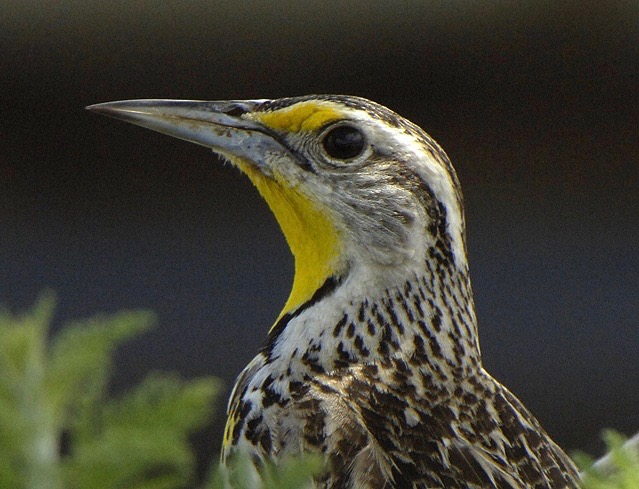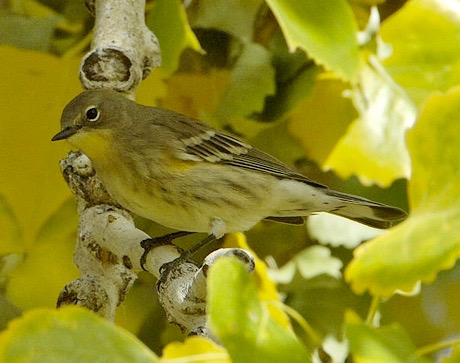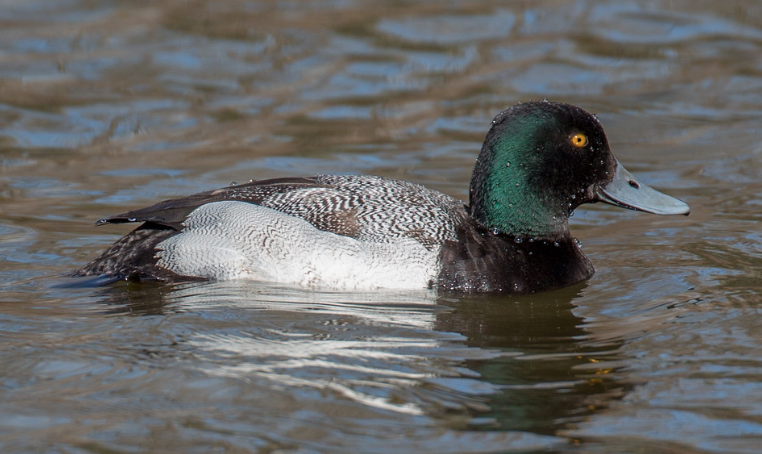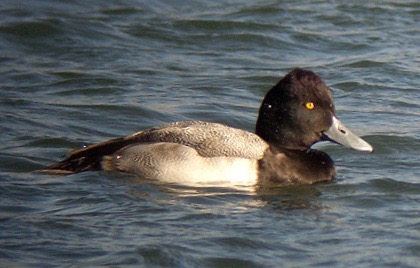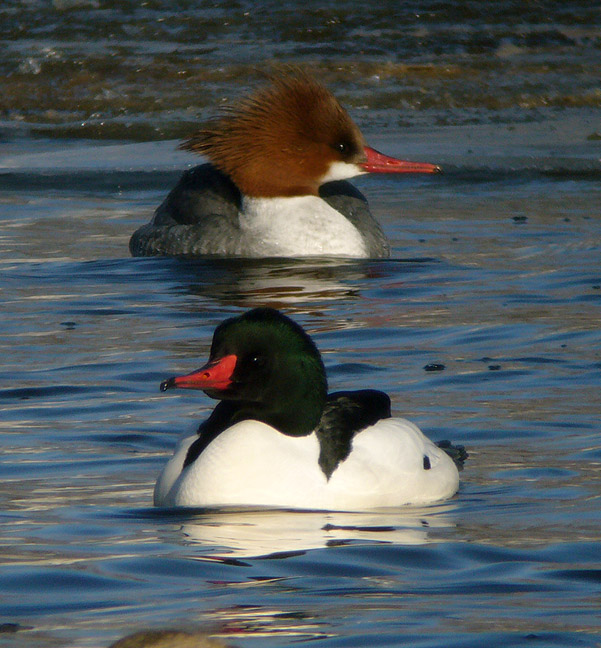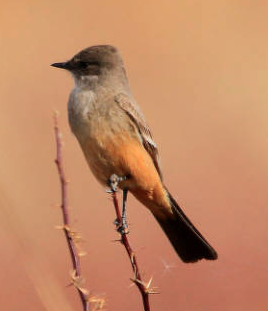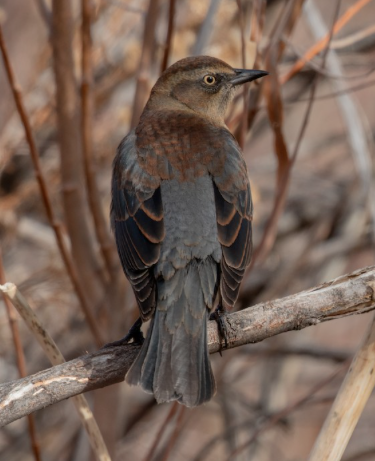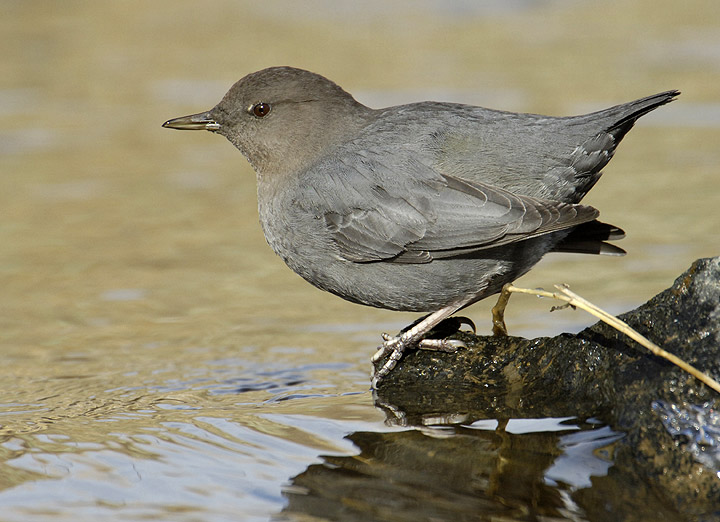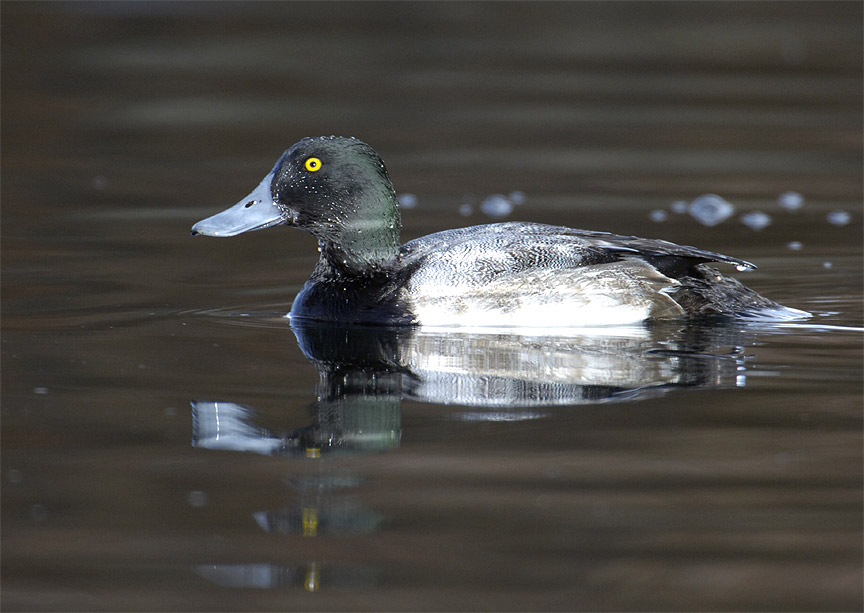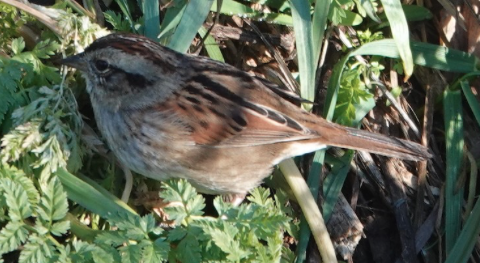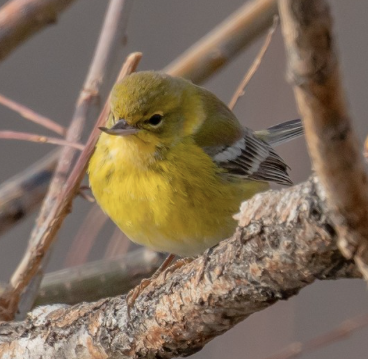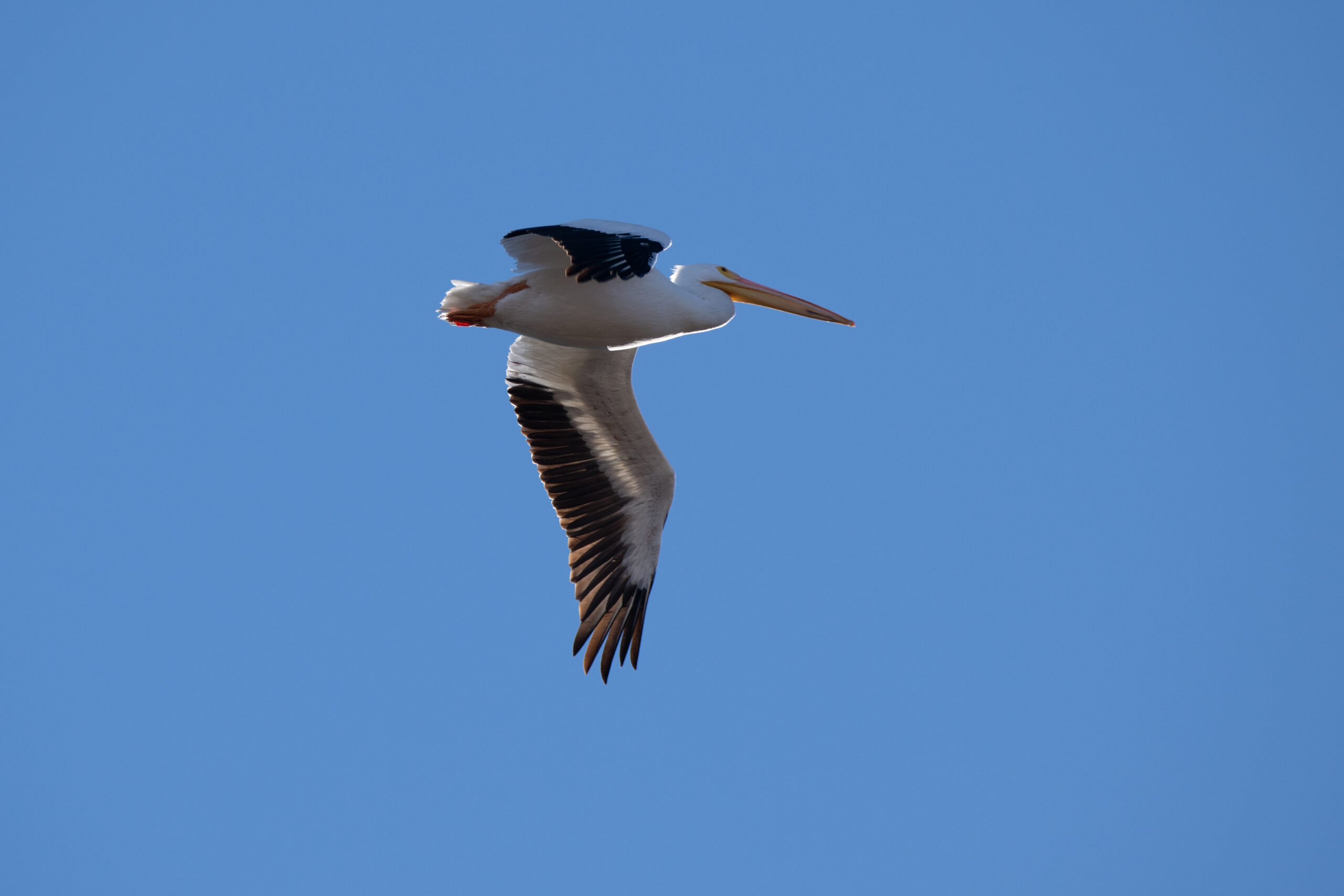
South Platte Park
November 4, 2023
Led by David Suddjian
The Denver region is a “ducky” place as fall deepens into winter and waterfowl come south to make their home in our rivers and lakes. The South Platte corridor and nearby reservoirs and lakes are a key area for migrant ducks. We can see a great variety of ducks in winter, when 20 different species are present in the area, and some places have good numbers, too.
South Platte Park is a “ducky” park in Littleton. Our visit on November 4 enjoyed partly cloudy skies and mild temperatures – a beautiful fall day. There are large lakes, a reservoir, and the river. Here is our South Platte Park trip report. We were happy to see 10 different species, including a rather uncommon Long-tailed Duck at Eaglewatch Lake. Our ten species were evenly split between ducks that forage at the surface and those that dive under the water.
The grouping of “dabbling ducks” vs. “diving ducks” is a familiar one, and it reflects an important basic difference among our ducks, both in their natural history and the taxonomic relationships among species. Our dabblers on the field trip were Northern Shoveler, Gadwall, American Wigeon, Mallard and Green-winged Teal. Our divers were Lesser Scaup, Long-tailed Duck, Bufflehead, Hooded Merganser and Ruddy Duck.
We see dabblers “tipping up” to reach down into the water after food, or feeding at the surface, or along a shallow muddy margin, and sometimes up on grassy areas and in fields. We see divers diving under the water — propelled by feet and wings — to find fish, shellfish and other invertebrates in the water column and at the bottom.
Dabblers often use their bills to sift water, mud and aquatic vegetation to extract small bits of food, and they even eat vegetation. Divers catch prey in their bill, whether sessile or mobile, and bring it to the surface to prepare it for swallowing. Crayfish, which are abundant in our waters, are a popular food for some of our divers.
Dabbers are often seen walking on land, and they can take flight directly upward into the air. Divers have legs set farther back. They are seldom seen on land and cannot walk well. Most Divers must run and patter over the water to take flight.
Dabblers and divers are incredibly beautiful, bringing us joy as we identify and watch them here in the winter. Look for other opportunities to enjoy our winter ducks on upcoming Front Range Birding Co. trips. Learn more about ID of our winter ducks with David’s video BIRD BOMBS: Better Duck.
